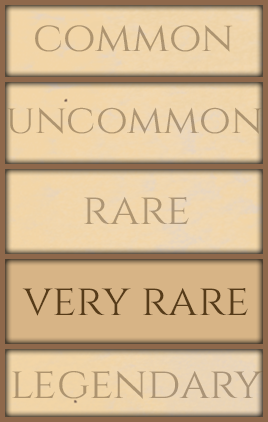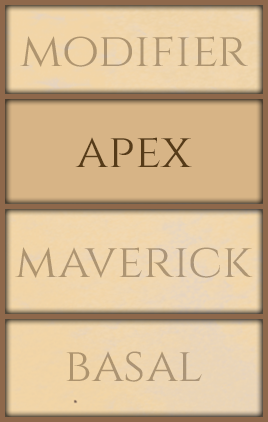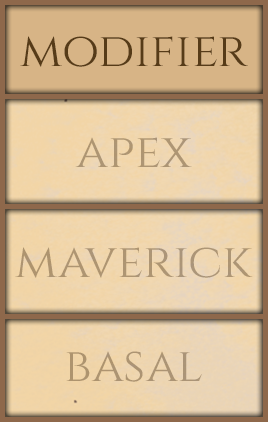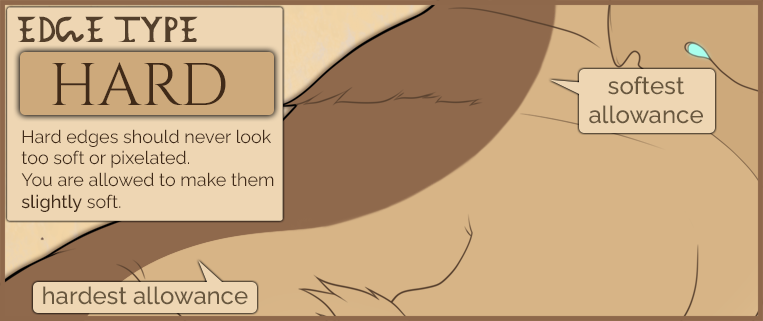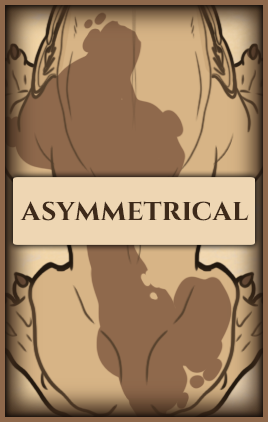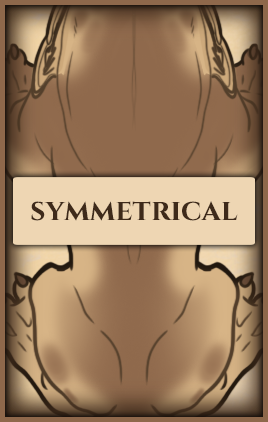Kintsugi
KN/kn
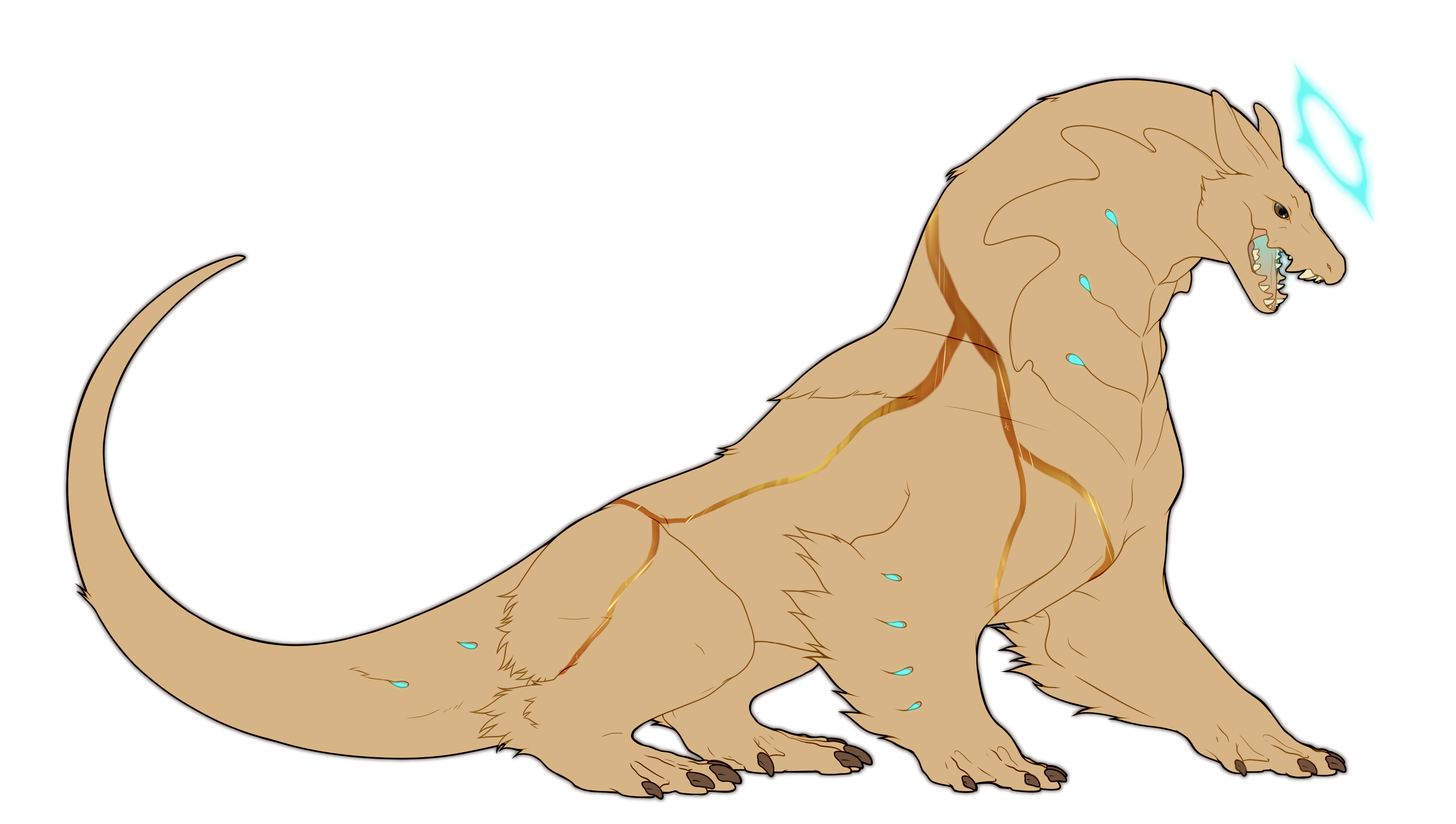
Overview
A broken heart can be glued together with the prettiest gold, but the marks forever show. This is what rex say about the ones that show this marking. Maybe in their past life, they got their heart broken and were put back together? It is quite tragic - If you believe in fairy tales, that is.
|
Marking Rarity
|
Marking Layering |
Marking Colors
|
Marking Edges |
Symmetry Rules |
 Rules
Rules
|
 Boundaries
Boundaries
Copy paste these images directly into your art program over your design and set them to multiply for the best work effect.
Alternatively you can download the boundary PSDs with the marking boundaries!
| There are no Boundaries for Kintsugi. | There are no Boundaries for Kintsugi. |
"Kintsugi" is a unique marking inspired by the traditional Japanese art of repairing broken pottery with precious materials, transforming cracks into a stunning work of beauty, manifesting as cracks across your rexal's coat.
These intricate fractures can appear as if they have been filled with an assortment of precious metals, such as gold, silver, or bronze. Alternatively, they can also resemble various types of real-world gemstones, including amethyst, opal, and alexandrite. It's critical to note that the specific type of gem needs to be stated upon the design's submission.
Kintsugi can also influence other markings, causing them to mimic the appearance of these precious gemstones. However, the marking retains its fundamental characteristic of representing cracks, so even in these cases, they should still reflect this key aspect.
While there's no specific limit on the extent to which Kintsugi can cover your rexal's coat, it's important to avoid completely engulfing the design. The focus should be on highlighting and beautifying imperfections, not overshadowing the rexal's overall appearance.
|
Cracks? How so?
|
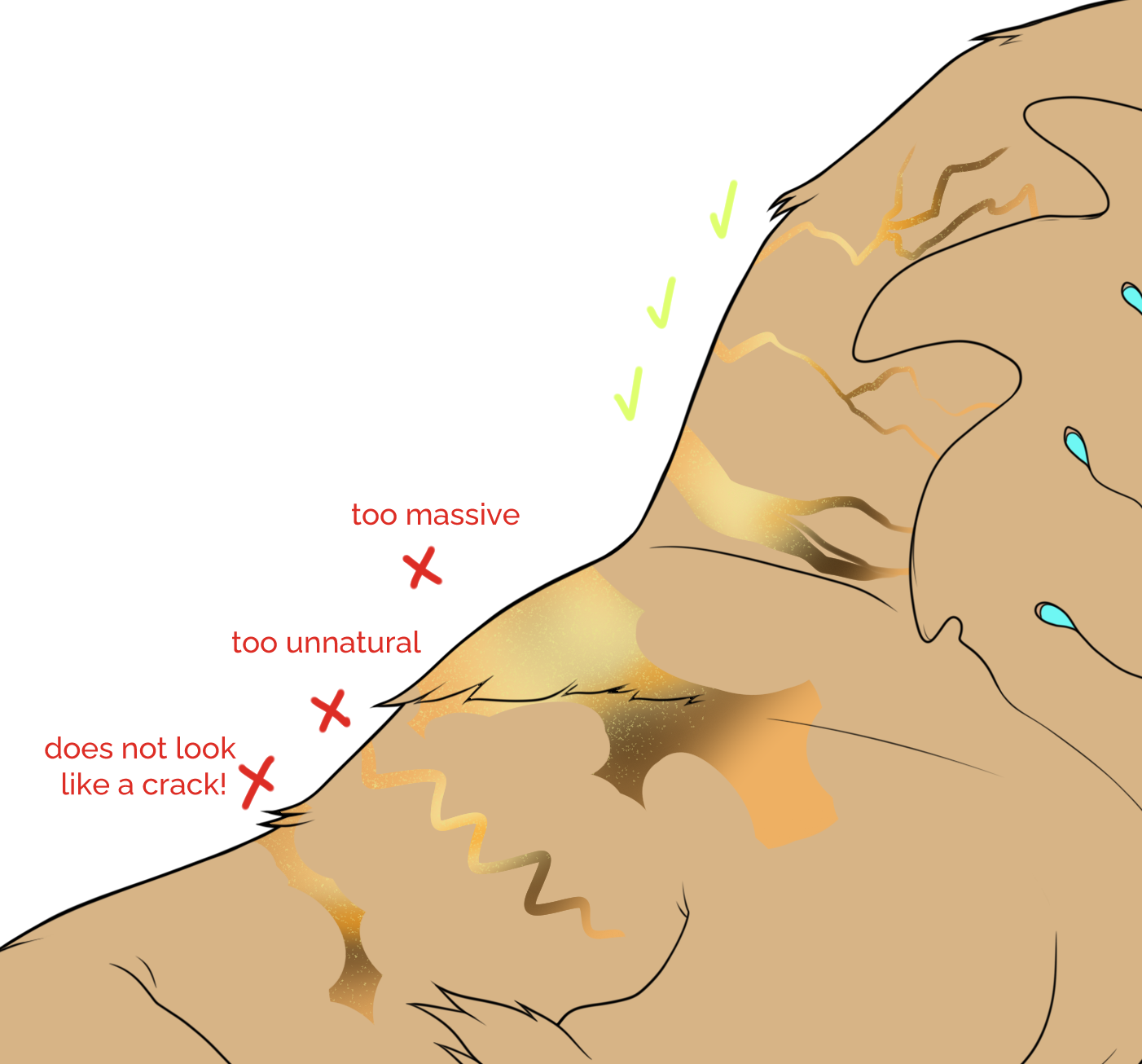 |
When the Kintsugi marking is dominant, it allows for the incorporation of transparent gemstones, revealing the skeleton beneath. This offers a unique and intriguing depth to the design, however, care must be taken regarding the affected areas.
The limbs and tail, along with minor sections of the torso, can be influenced by this transparency effect.
However, the neck and head, excluding the ears, should remain unaffected.
| Just like this |
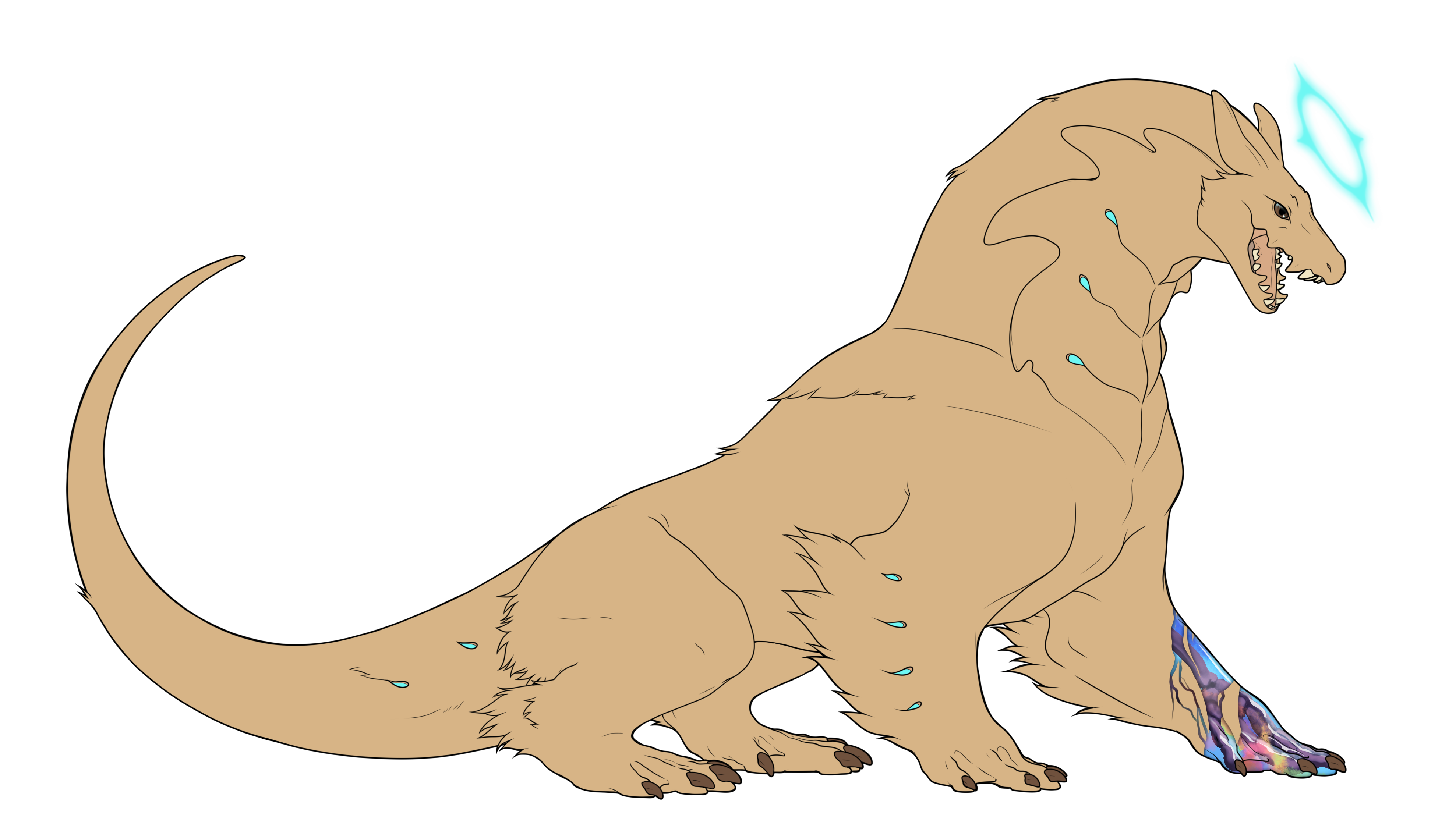 |
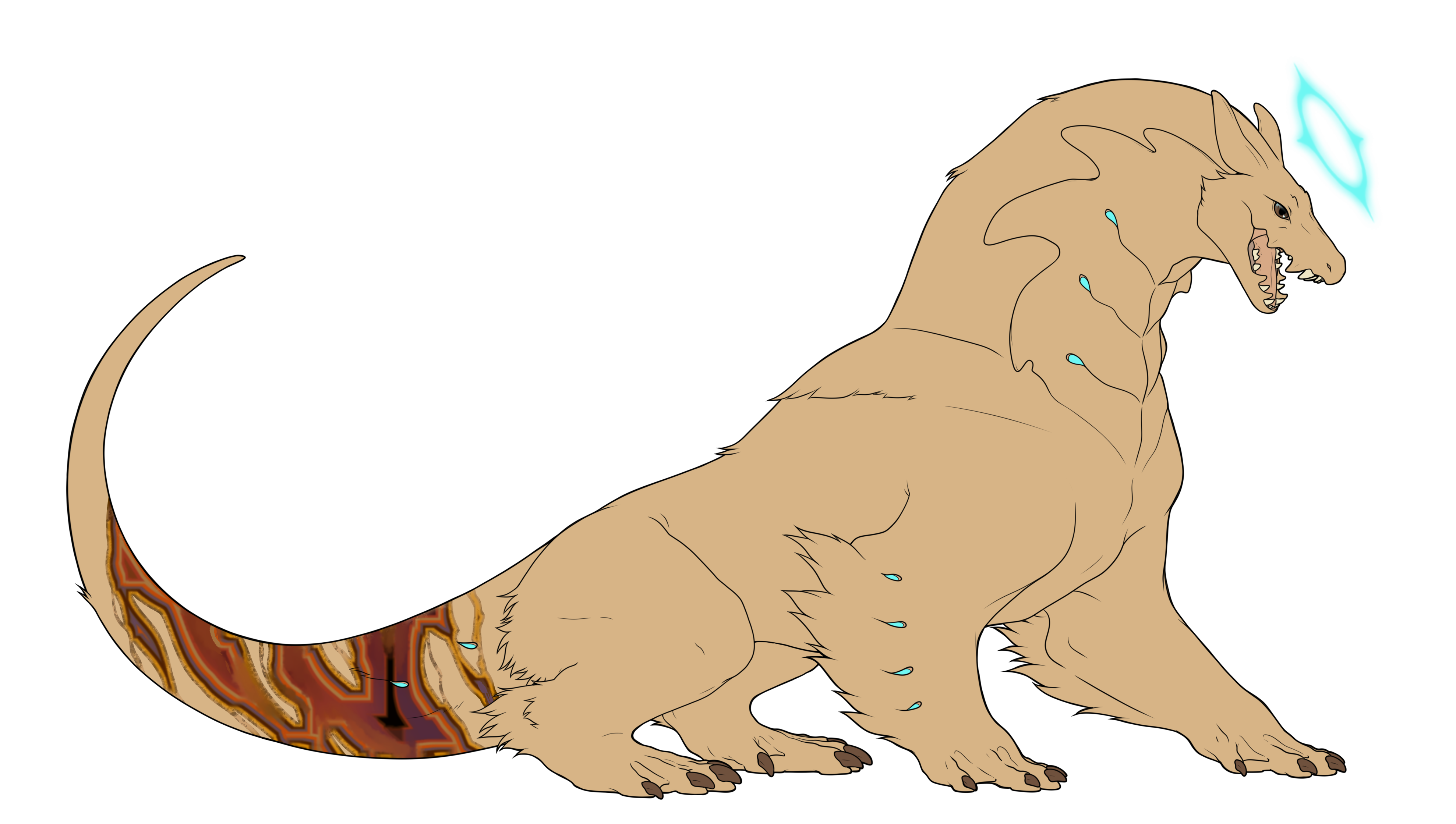 |
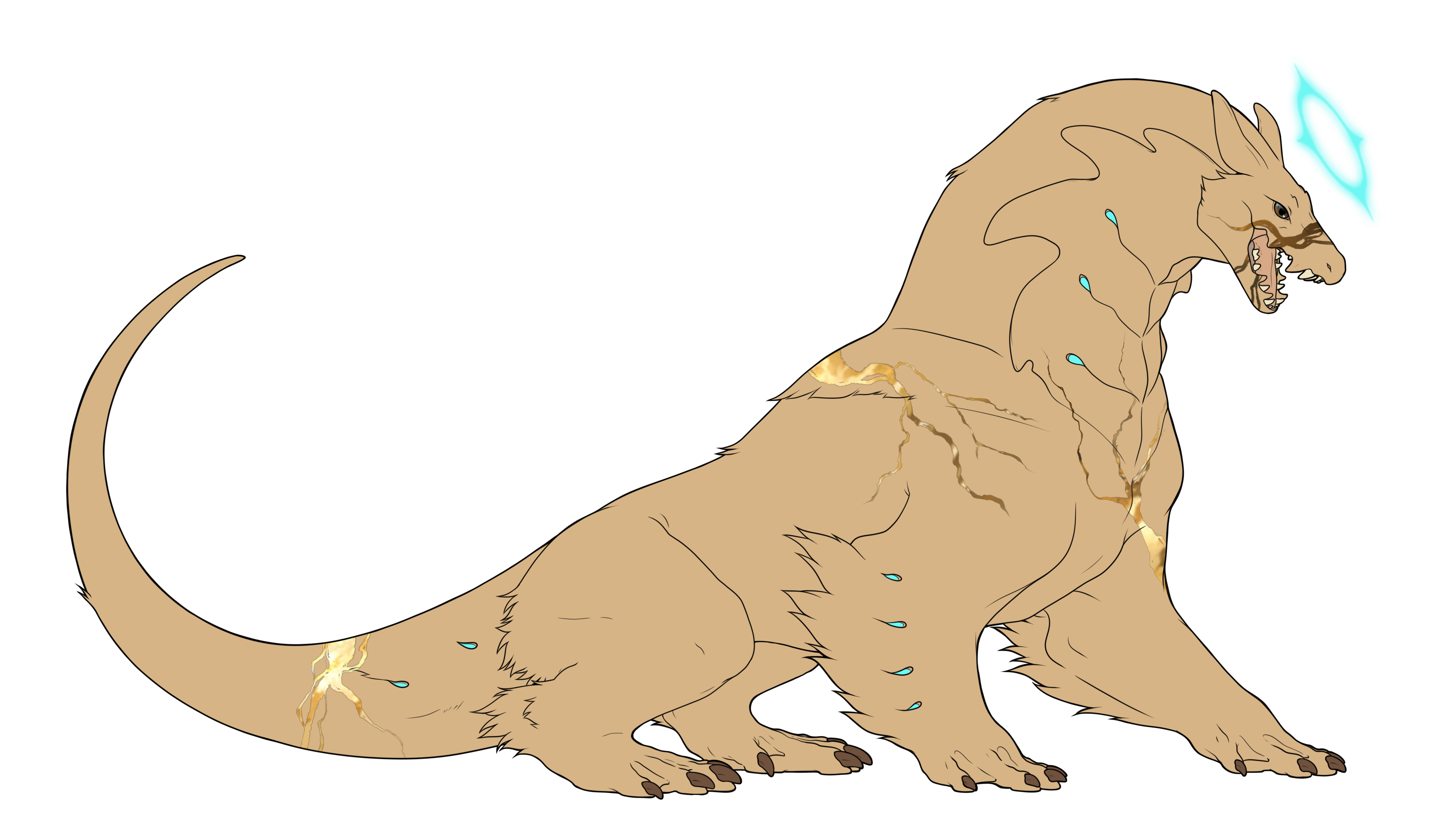 |
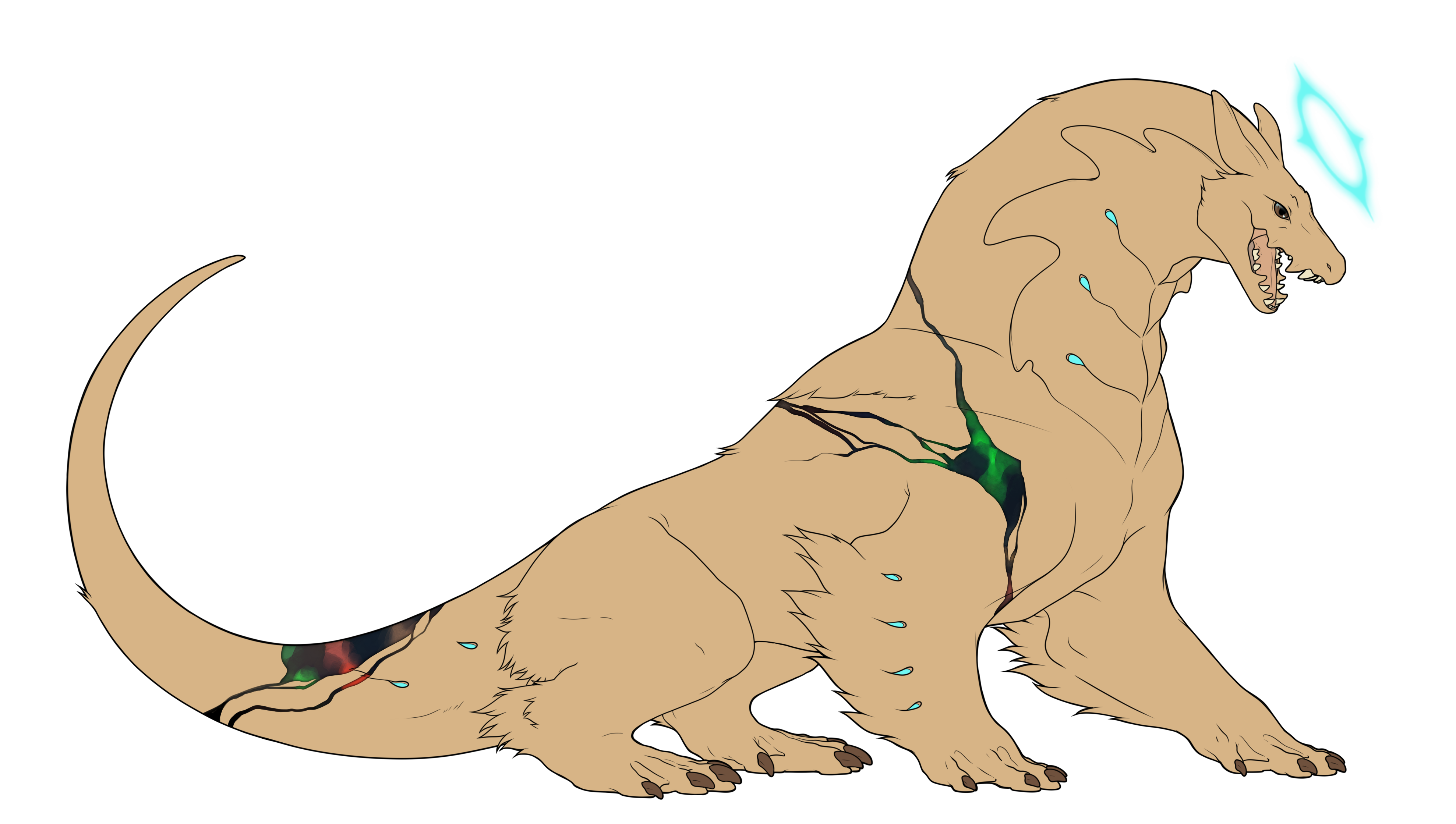 |
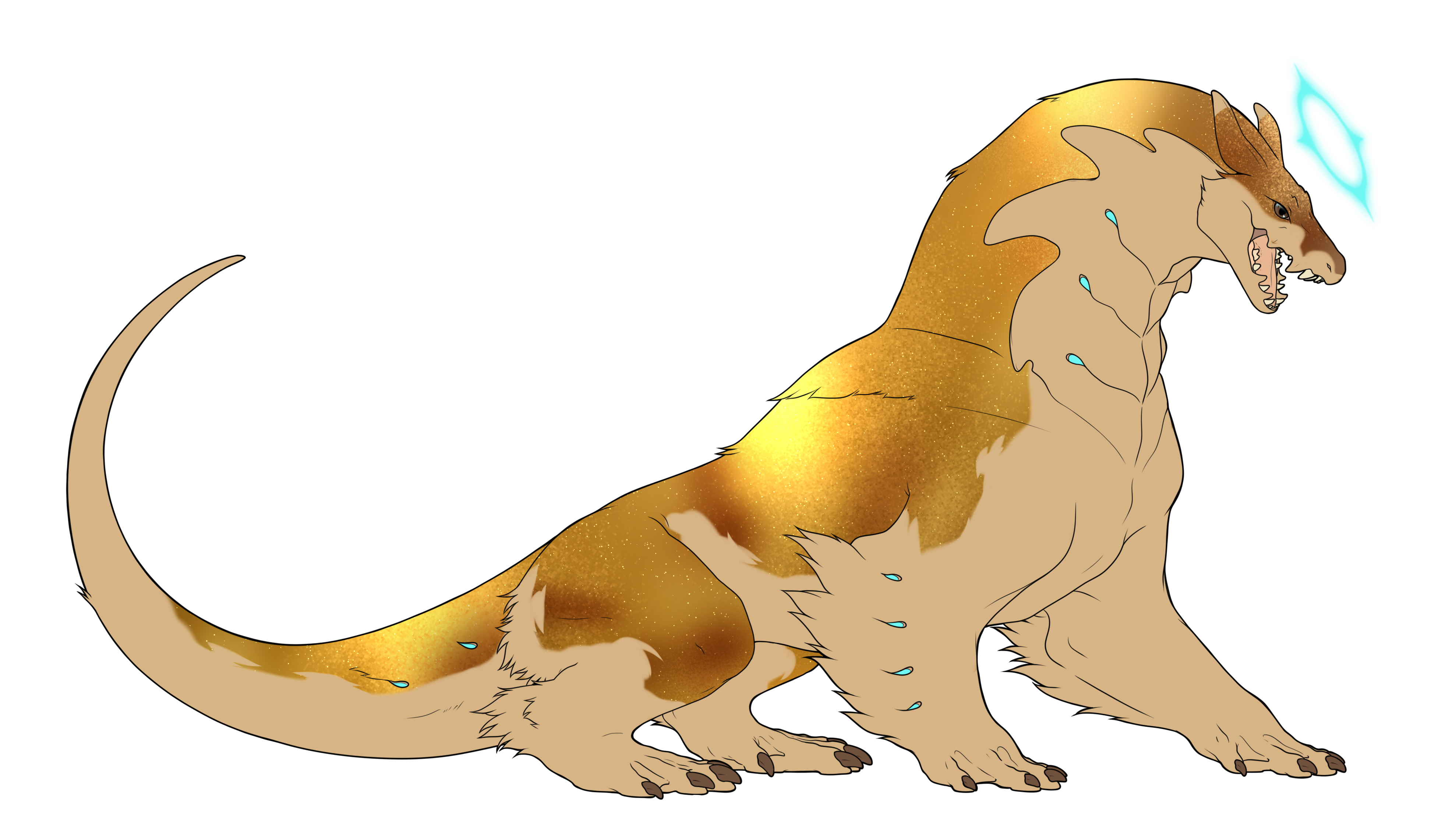 |

